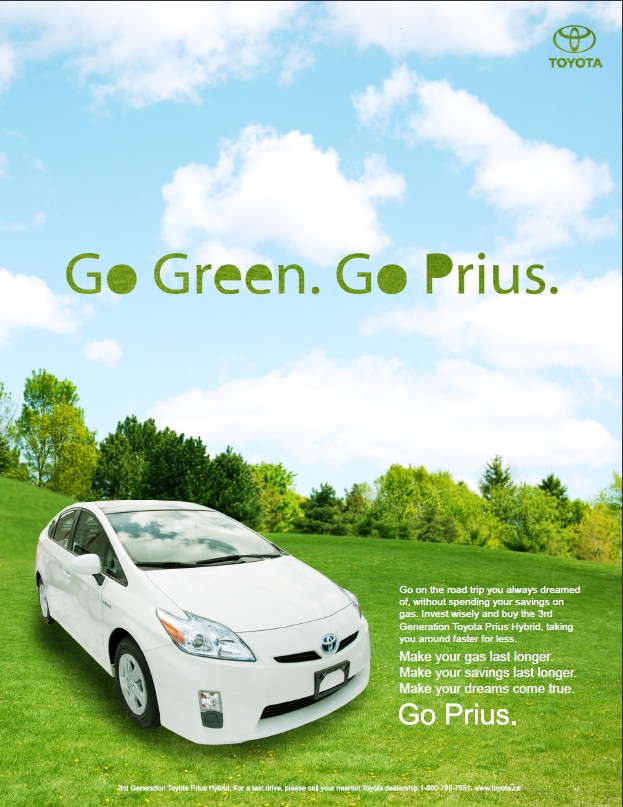Does hybrid car production waste offset hybrid benefits?
Many sources claim that hybrids have come to help people save the environment while they take care of their daily tasks simultaneously. According to Autoblog, it has passed a long time since the Toyota Prius was first released to the public, and it has become one of the best-sold cars in North America.
The main reason people decide to buy the Prius is that it helps them save some money regarding gas, and supposedly, it helps you lessen the impact of your carbon footprint. It is known that cars are one of the most excellent sources of pollution, spreading different toxic gases into the air that cause harm to the atmosphere and humanity in general.
Many people, especially those who claim to be eco-friendly, claim that purchasing a Prius is the same thing as “investing in the environment.” However, is it really like this there is something else going on regarding hybrids?
When Prius was revealed, Toyota spent some good money on marketing. But is all this hype really the truth? Have a look at my previous post why Toyota Prius is bad for the environment.

A study found out that a Hummer is more eco-friendly than a Prius.
According to Slashdot, if we take into consideration all the processes it takes to build a Prius, a more significant problem comes to light. Besides requiring more energy than the regular car to be completed, the Prius also goes through different factories around the world to be completed.
A Prius uses two engines, an electric engine, and a standard motor. However, building this hybrid battery takes a lot of energy. It can cause significant harm to the environment thanks to the release of toxic gases (such as sulfur oxide) during the production.
Many people may think all these problems may be worth it in the end, but that’s very far from reality.
Building a hybrid car causes more harm to the planet than you think.
A hybrid car’s building process is hugely similar to what it would be like to complete a regular car. However, in both processes, ample amounts of energy are used, especially when it comes to forging metals, like steel or aluminum. Other essential materials enter this list as well, like glass or plastic, and a lighter car may require more energy to be built because metals like aluminum are more challenging to forge.
According to an article published by the New York Times, Toyota has admitted that producing this light Prius consumes tremendous amounts of energy and produces more carbon dioxide quantities during the process than building regular cars. The reason for this is the more advanced components necessary to complete such a modern car.
Many people think electricity is more eco-friendly than gasoline, but the truth is that both options are pretty much balanced if we consider all the damage both takes. For example, according to EIA, almost half of the USA’s electricity comes from coal-powered plants.

Leave a Reply
You must be logged in to post a comment.